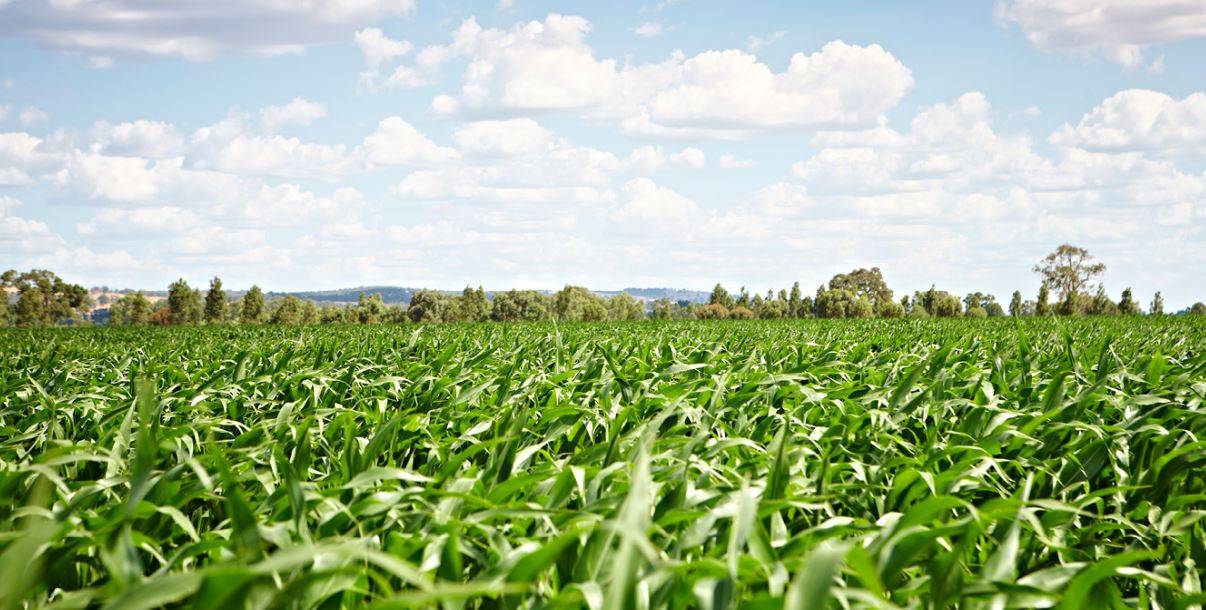
The Centre has set a target of increasing the area under Zaid crops (excluding paddy) grown between the rabi and Kharif seasons by 29% this year, to 52.72 lakh hectares (lh). Of this, 21.05 lh will be allocated to pulses, 13.78 lh to oilseeds, and 17.89 lh to coarse cereals.
According to an official, the paddy area in the previous summer season was about 40 lh and may remain in the range of 30-40 lh this year, despite the government's desire to diversify away from rice. Summer rice is primarily grown in the states of West Bengal, Telangana, Karnataka, Assam, Andhra Pradesh, Odisha, Chhattisgarh, Tamil Nadu, and Bihar.
Summer Crops- Pulses, Cereals
Moong is the most popular pulse, and the government expects 17.58 lh of summer moong, primarily in Madhya Pradesh, Bihar, Odisha, Tamil Nadu, Uttar Pradesh, and Andhra Pradesh, compared to 14.45 lh last year. Groundnut and sesame are the major summer-grown crops in oilseeds, with targets of 7.6 lh and 5.25 lh, respectively. Summer maize, among coarse cereals, has been targeted in an area of 8.79 lh, up from 7.85 lh last year.
The additional area increase targeted will come from rice fallows, intercropping in oil palm and sugarcane, in addition to the normal summer areas, according to the official.
During the post-monsoon period, the country received 44% more rain than usual, totaling 177.7 mm, and rainfall was nearly three times higher than average, totaling 31.8 mm, in the first three weeks of January.
Union Agriculture Minister Narendra Singh Tomar addressed the annual conference on summer crops, saying the goal of the conference was to review the performance of these crops over the previous three cropping seasons and set crop-specific targets for the coming summer season in consultation with state governments. He stated that the government's priority is to increase the production of oilseeds and pulses, where large imports are required.
Fertilizers Supply
Tomar also urged conference participants to plan ahead of time for their fertilizer needs, provide estimates to the Centre, and ensure that sufficient quantities of crop nutrients are made available on time. He suggested that states work to increase the use of NPK and liquid urea in order to reduce reliance on DAP fertilizer.
According to Fertilisers Secretary Rajesh Kumar Chaturvedi, adequate and timely availability of fertilizers will be ensured in the upcoming season, with the government estimating total availability of urea at 255.28 lakh tonnes (lt), DAP 81.24 lt, MOP 18.50 lt, NPKS 76.87 lt, and SSP 34 lt for Kharif 2022.
















